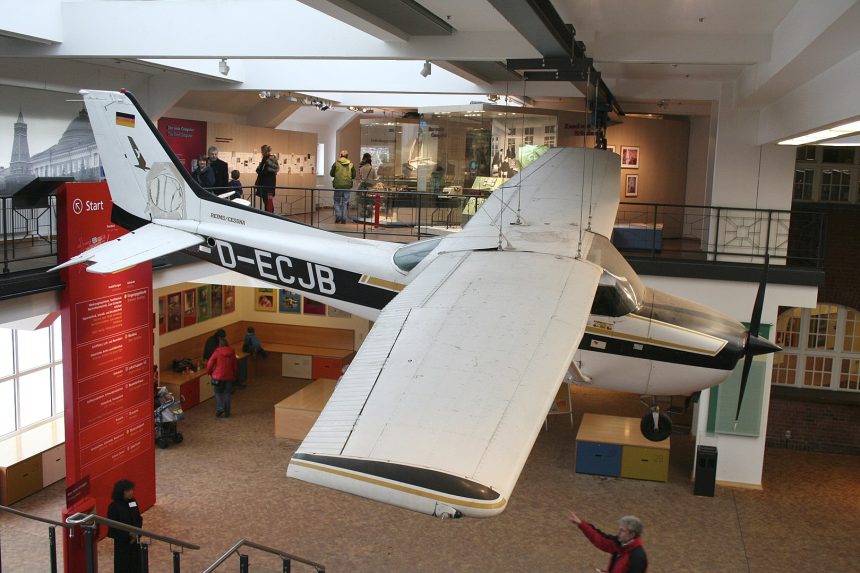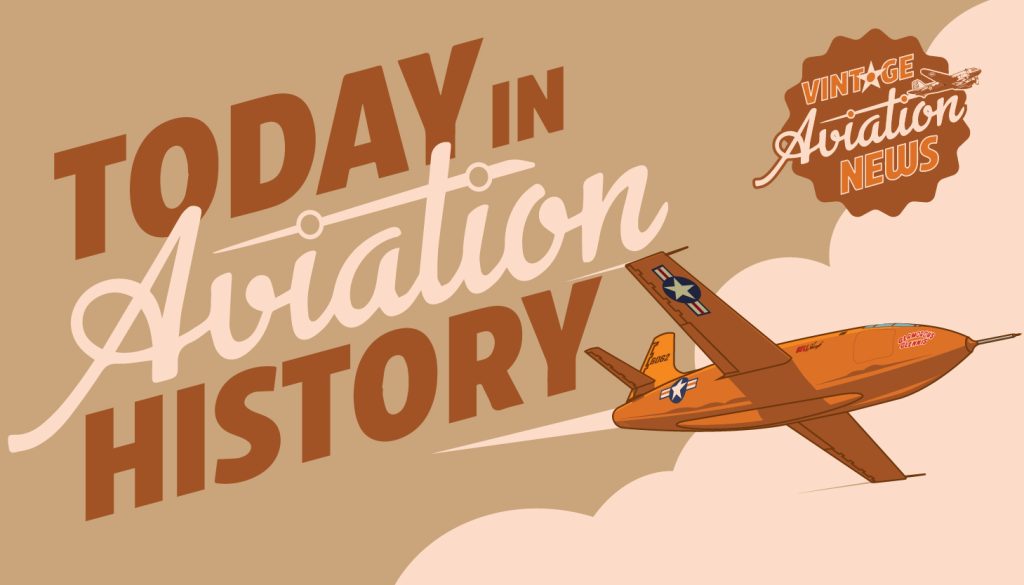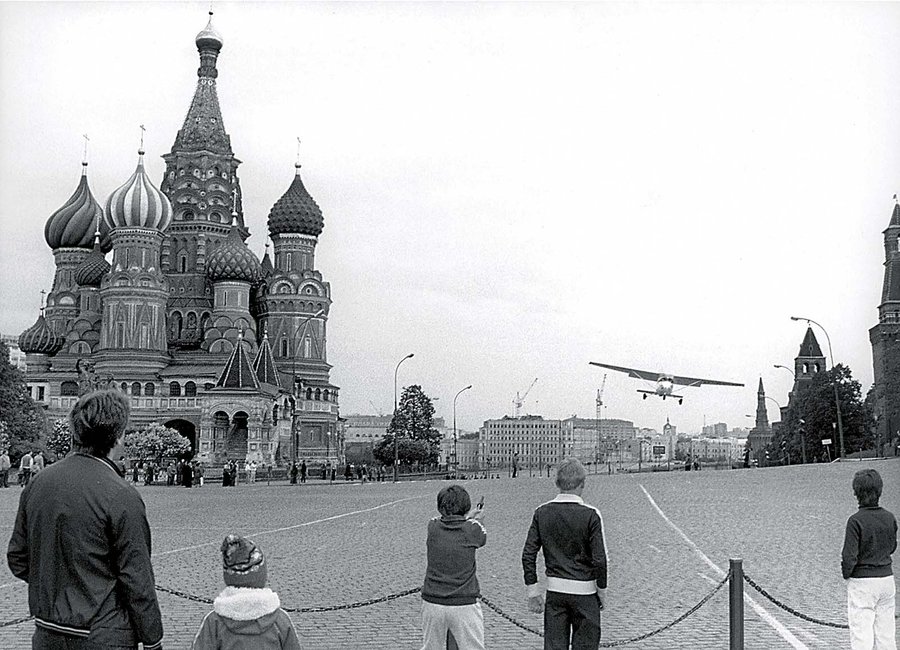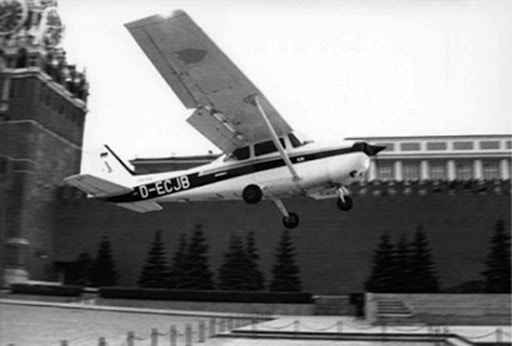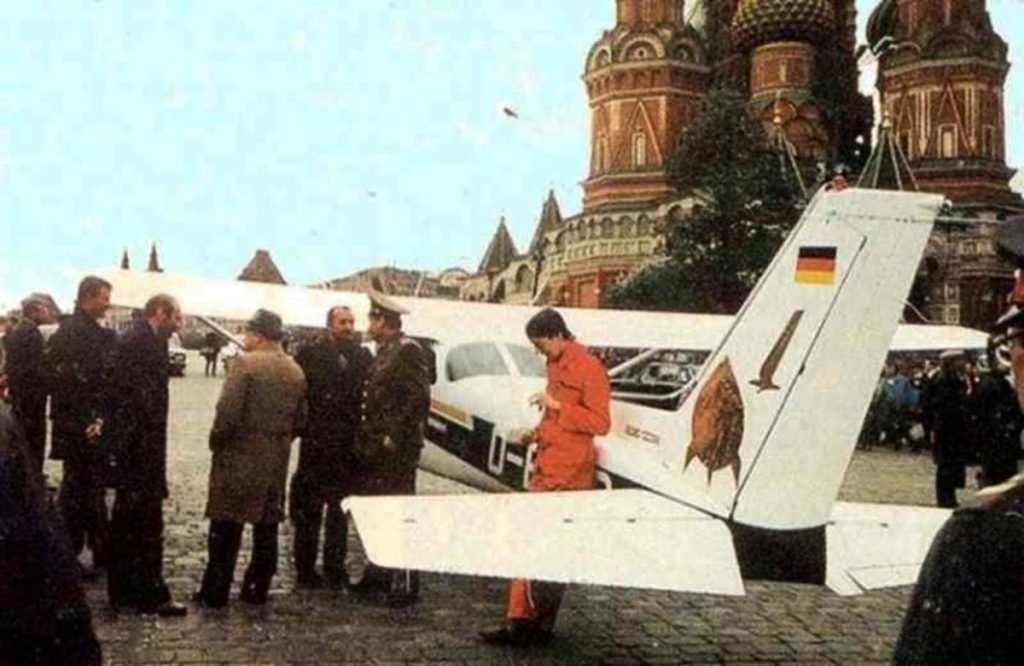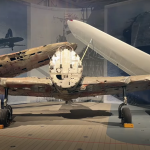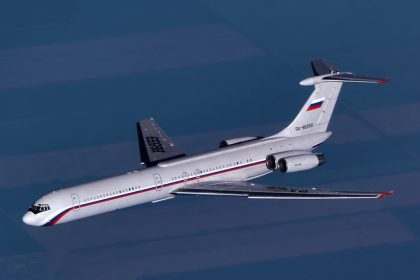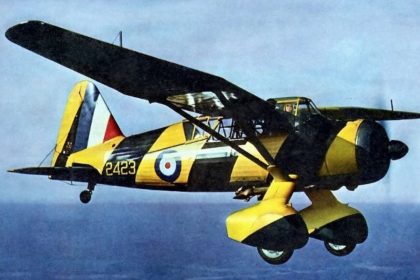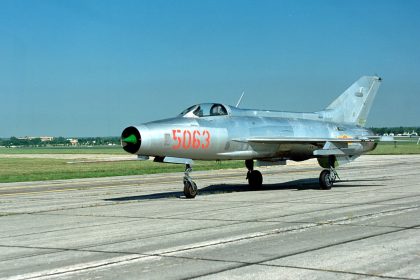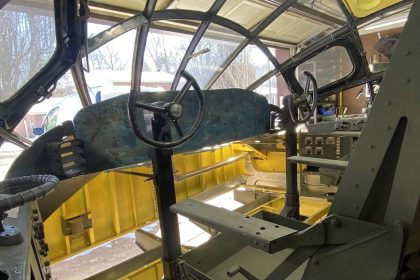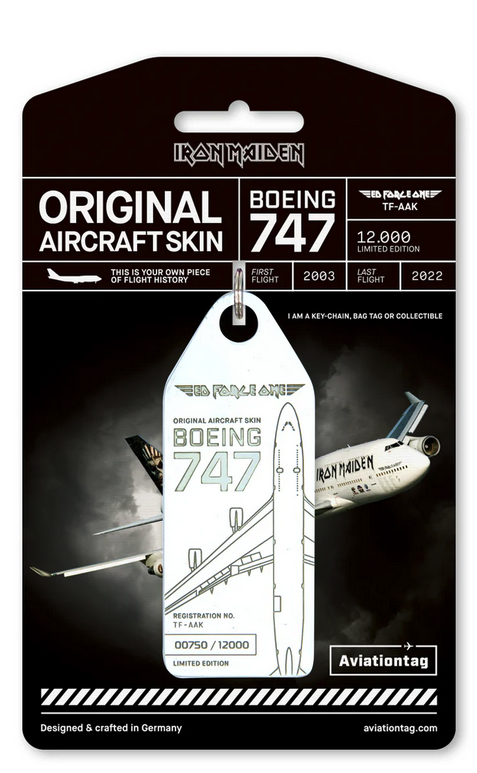On this day in aviation history, 38 years ago—May 28, 1987—19-year-old Mathias Rust made international headlines when he illegally landed a Cessna 172 in the heart of Moscow, near Red Square. A West German amateur pilot with just 50 hours of flying experience, Rust had been touring Europe in the rented aircraft (registration D-ECJB) and took off that day from Malmi Airport in Helsinki, Finland, at 12:21 PM.
Rust’s intentions were not rooted in diplomacy or politics—at least not directly. His motives seemed to stem more from a desire to test his own limits and make a bold statement, even if his reasoning was vague. Before departing Finnish airspace, he filed a flight plan to Stockholm, Sweden. In reality, he had other plans: to penetrate Soviet airspace and land in Moscow. Once airborne, he turned off his radios and veered southeast.
At 14:29, Soviet air defense radar picked up Rust’s Cessna. Because he failed to respond to a radar identification signal, he was marked as a potential hostile target. The Soviet Air Defence Forces assigned him a combat tracking number—8255—and dispatched a MiG-23 to intercept the small aircraft. The fighter pilot identified Rust’s plane as a “white sport airplane similar to a Yak-12” but received no authorization to engage. Soviet missile units also tracked the flight but were never given the order to fire.
Rust managed to evade the vast Soviet defense network largely due to confusion, communication gaps, and misidentification. By 7:00 PM, he arrived over Moscow. He initially hoped to land inside the Kremlin, but the walls surrounding the complex made that impossible. Red Square was also too crowded with pedestrians. Instead, Rust landed on the Bolshoy Moskvoretsky Bridge near St. Basil’s Cathedral. On almost any other day, this landing would have been impossible—normally, overhead trolley wires would have obstructed his approach. But that day, they had been temporarily removed for maintenance.
Rust’s bold stunt caused an international sensation. He was immediately arrested and later sentenced to four years in a labor camp for “hooliganism” and violating Soviet aviation and border laws. However, he never served time in a labor camp; instead, he was held at Moscow’s Lefortovo high-security detention center. Just two months after his sentencing, U.S. President Ronald Reagan and Soviet Premier Mikhail Gorbachev signed the INF Treaty, a landmark agreement to eliminate intermediate-range nuclear weapons in Europe. As a gesture of goodwill following the treaty, the Soviets released Rust in August 1988, less than a year after his arrest.







